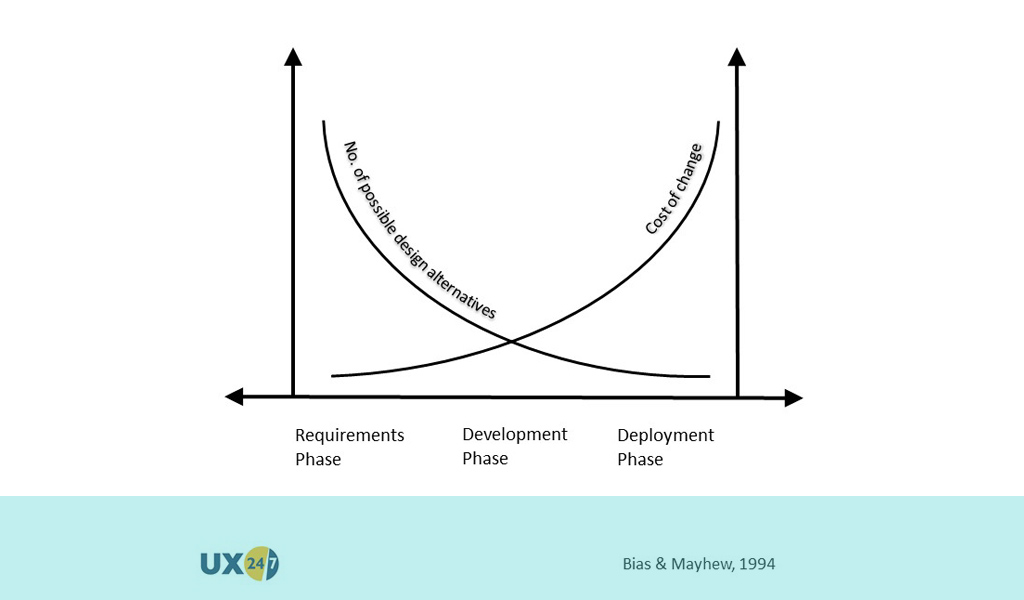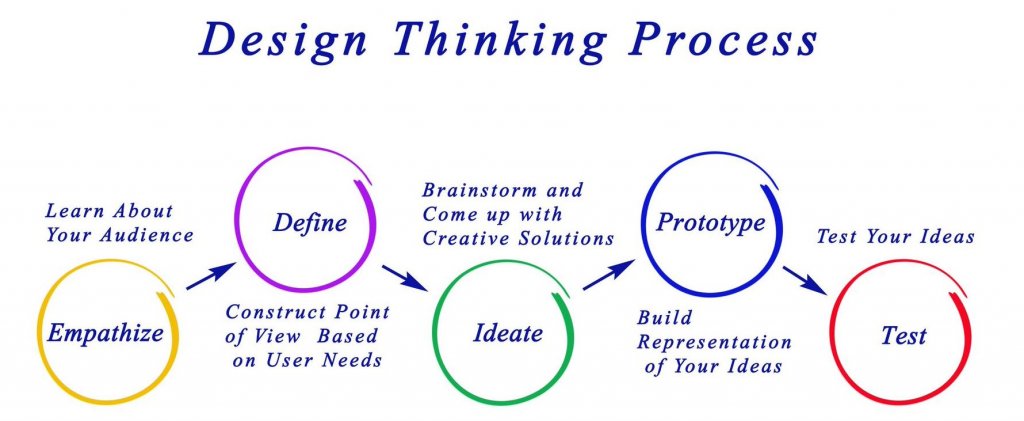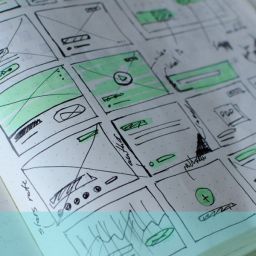
UX Research budgets, if they exist at all, are under significant pressure. Against the backdrop of a global pandemic and a looming global recession, senior executives are looking to save money where they can. If you are about to have a conversation concerning how you deliver the maximum return on investment to them, read on.
It is easy to forget when you work in UX Research and specifically in digital, that to the untrained eye, there appears to be a great deal of black magic involved. Market Research, the kind carried out by insight teams, is often the first victim of budget cuts. Stretching the value of research carried out recently is a viable option to Execs when budget cuts need to be made.
That same thinking doesn’t apply to UX research. Product development that involves users at each stage grinds to a halt or delivers unproven products if research stops. So where do you spend money if you can’t fund the entire process?
That question is very similar to one I am asked frequently. That is “where do I get the best ROI from UX research”. To answer both questions I refer to the chart above by Bias & Mayhew and if you have a senior Exec who wants to understand the ROI of UX Research I suggest you do the same.
The chart illustrates in a very simple way, that as you move through a product development process the following two thinks happen:
- The number of design options available to the team reduces
- The cost of making changes increases
Why does the number of design option reduce?
The reason the design alternatives reduce is that as the product develops the fundamental decisions taken restrict options. For example, if the primary journeys in a product have been designed and built it is very difficult to alter them if something is wrong. This is similar to the outcome of usability evaluations on live digital products. A range of issues will be found but a high number of them will be too deep rooted to be fixed. those will have to wait for the next redesign.
Why does the cost of change increase?
The cost of change increases not only due to the same reason that design alternative diminish. It is also because what is involved in making a change to a sketch, versus a wire-frame, versus a prototype, versus the developed product is exponentially greater. The deeper into the project the team gets the higher the cost of change. That also means the likelihood of change is far lower and the risk of launching an unfinished, under performing product is higher.
ROI of UX Research is therefore far higher in the earlier stages of the project. The following illustrates the design thinking process steps:

The Design Thinking Process
There are five steps in the design thinking process with the final one being “test”. This is where the person cutting budgets will want to spend their money because it happens the furthest into the future and so buys them the maximum budgetary saving.
Your job is to convince them that the maximum ROI and the most value to the project is to cut the testing and spend the budget on the earlier stages. You may have a body of data that means you can sacrifice the first two stages (empathize and define). If you have been doing well planned, well executed discovery research you may well have sufficient for the project. Particularly if your product development program is quote narrow.
Those two stages are used to decide whether there is a product opportunity. If you don’t have sufficient data to make that decision you clearly have to do that research or put the breaks on the entire project. Assuming you have sufficient to get on with the project, the areas you cannot sacrifice UX Research are the ideation and prototyping stages.
These steps are the foundations on which you build the product experience. If you don’t include research at these stages you fall into the Bias & Mayhew trap of moving through the project, reducing your options and potentially facing higher costs. Particularly if you are only given budget for testing.
If you would like to know more about where to invest in UX Research and how to build a business case, ring us on +44(0)800 024624 or email us at hello@ux247.com.


















[…] The next stage in the product development process should be generative research. I mentioned earlier it can be leapfrogged, and that is because people can find it hard to avoid solutionizing during discovery. If they think they know the answer they jump straight into prototyping. They may of course know “an answer” but generative research will offer some alternatives. They may be better, and if they are not adopted here they never will be – see Bias & Mayhew. […]